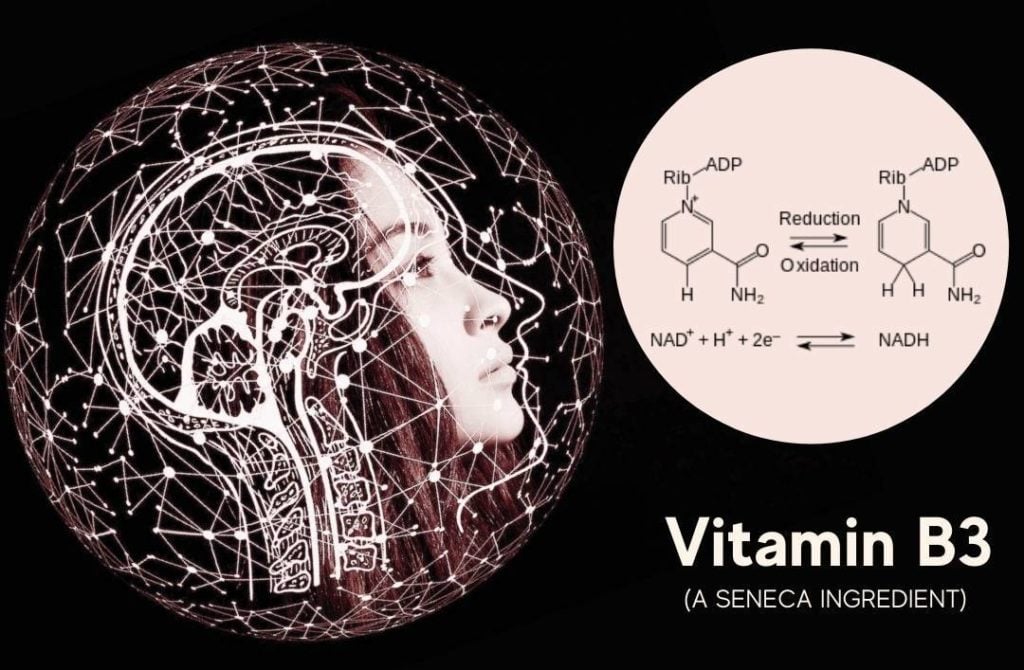In this article, learn the benefits of taking Vitamin B3 as NADH (Nicotinamide Adenine Dinucleotide + Hydrogen). NADH is one of the ingredients in our Seneca Nootropic Complex, our all-natural brain and cognitive enhancer. So, what is NADH and what does the science say about it? Scroll down to find out more about this nutrient!
Table of Contents
What is NADH?
NADH is one of the active forms of Vitamin B3. Many people have heard of NAD+ (Nicotinamide Adenine Dinucleotide). NAD+ is the oxidized form of NADH that has been associated with an increased lifespan. But most people don’t realize that it’s the reduced form – NADH – that is most likely to be deficient in people.
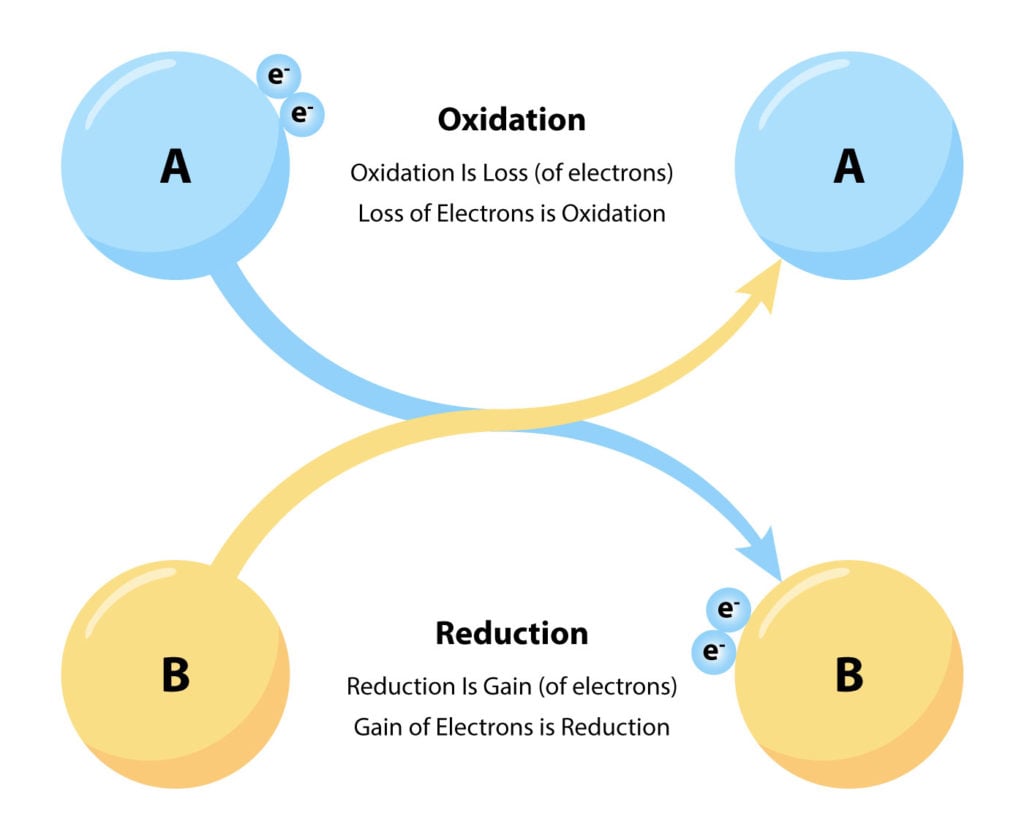
Oxidation
Oxidation is when a molecule loses an electron (or electrons). It’s called oxidation because this is what happens when a molecule reacts with oxygen. This is where the term “oxidative stress” comes from. However, oxidation doesn’t have to involve oxygen. It could happen as a consequence of a molecule coming into contact with any free radical.
Reduction
Reduction is the opposite of oxidation when a molecule gains an electron. In the case of NADH, it gains hydrogen, which has one electron. Although we tend to think of oxidizing something as bad, it’s also very necessary. In the human body, redox reactions happen constantly; molecules change from oxidized forms to reduced forms and back again. This is certainly the case with NADH and NAD+.
Can NADH help with energy production?
NADH – as the reduced form of B3 – is important for human health. Its main role in the body is the production of energy, specifically in the mitochondria. Known as our cells’ powerhouses, the mitochondria produce the vast majority of the energy we use. They do this by splitting the hydrogen ion off NADH and pumping the H+ across a membrane into the intermembrane space of the mitochondria. The NADH is converted into NAD+ when the H+ ion is broken off.
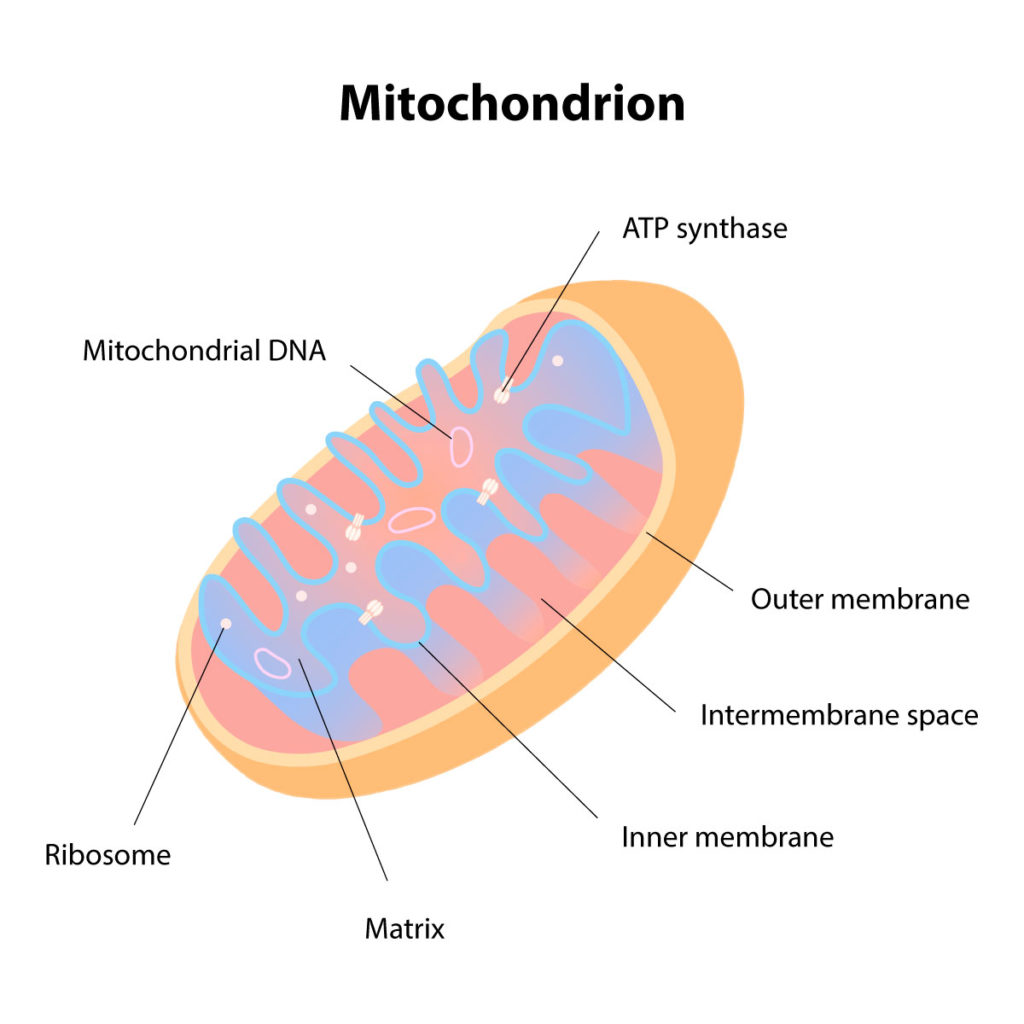
Getting the H+ ions in the intermembrane space allows us to produce energy (aka ATP). The H+ ions build up in the space creating a big chemical gradient. This makes the H+ ions want to leave because there are so many of them in one place.
The mitochondria then open a gate, which allows the hydrogen ions to escape. This gate is called ATP synthase, which is an enzyme that acts like a hydroelectric dam. The Hydrogen ions flow through ATP synthase. And it turns like a ‘mill’ and allows us to produce energy as ATP.
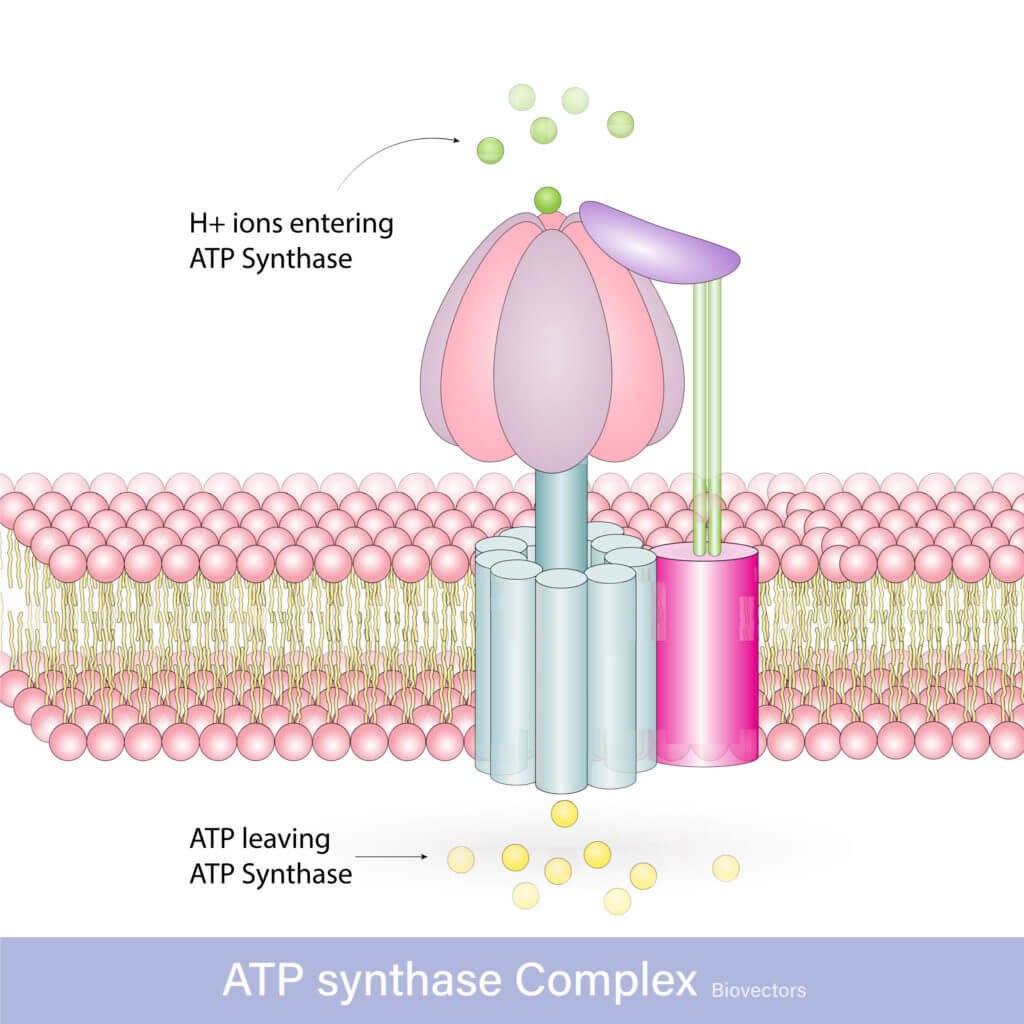
NADH is central to energy production. It’s needed for every process that happens in the body and is connected to every aspect of health. Without enough NADH, we don’t produce enough energy. And if we aren’t producing enough energy, our health suffers… both physically and mentally.
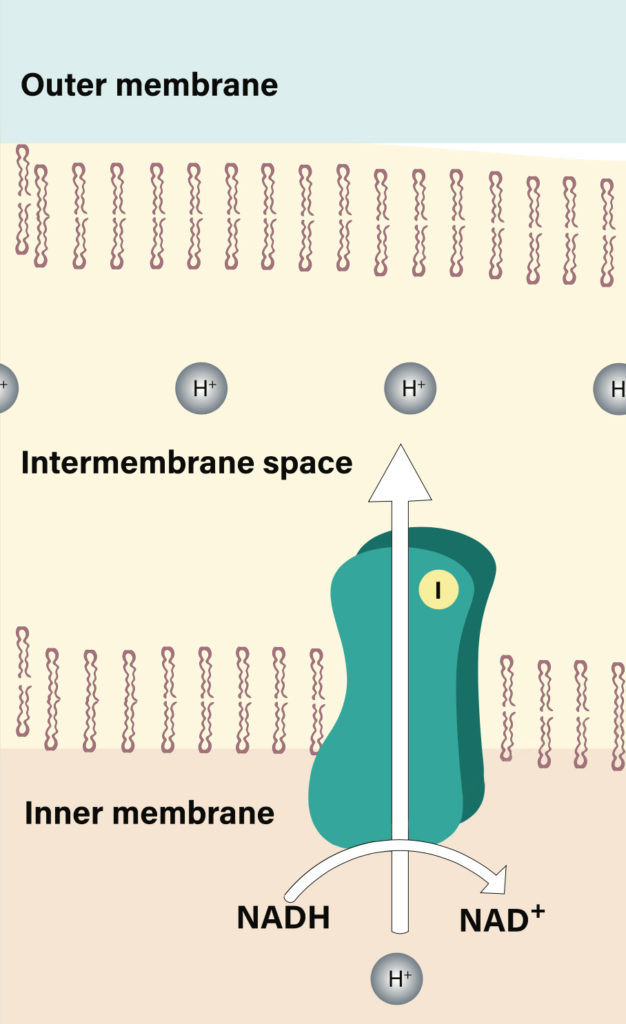
NAD+ and NADPH: The other active forms of B3
There are 2 other active forms of vitamin B3 which are NAD+ and NADPH. Both are formed from NADH, so increasing our NADH pool can lead to more of both of them.
NAD+
As we’ve seen, once NADH has been used for energy production, it becomes NAD+. Both the Sirtuin and PPAR genes use NAD+. These genes help with reducing inflammation, increasing energy usage, repairing DNA, and even increasing lifespan.
NADPH
NADPH is an NADH molecule with a phosphate molecule added (which is the ‘P’ in NADPH), via the enzyme Pyridine nucleotide transhydrogenase (1). This important molecule helps in many different processes, including nitric oxide production.
In nitric oxide production, the amino acid arginine combines with oxygen and NADPH to produce citrulline, NADP, and nitric oxide (1).
Nitric Oxide
Nitric Oxide is probably best known by gym-goers as the substance that causes a “good pump”. It increases blood flow to the muscles. Nitric oxide is primarily produced by the cells lining the blood vessels, causing them to relax and improve blood flow.
The neurons in the brain and central nervous system also produce nitric oxide. It improves neuronal function, memory formation, synaptic plasticity, and the differentiation of male and female personality traits (2).
However, there is a third type of nitric oxide called inducible nitric oxide that often isn’t so good. When inducible nitric oxide is produced, it can combine with superoxide to form peroxynitrite. Peroxynitrite is a highly reactive molecule that can cause lots of damage.
The body can use peroxynitrite in the immune system where it’s used to burn pathogens chemically. However, it can be dangerous if peroxynitrite is produced when we are not mounting an immune reaction. This is unless we have a molecule called Biopterin that can stop the production of peroxynitrite and prevent damage.
NADPH is needed to make biopterin, so any deficiency in NADPH can lead to reduced levels of biopterin. In addition to stopping nitric oxide from becoming peroxynitrite, biopterin is also necessary for neurotransmitter production. These include dopamine, norepinephrine, epinephrine, and serotonin. All of these neurotransmitters are vital for peak cognitive function and mood.
NADPH in the Immune System
In addition to using nitric oxide, the immune system also uses NADPH itself in something called the “respiratory burst”. This activates the immune cells. The cells start producing lots of the chemicals hypochlorous acid and hydrogen peroxide to kill invaders. These chemicals would be called bleach in our homes. However, our immune system also uses these same chemicals to kill pathogens!
Fatty Acids and Cholesterol
NADPH is also vital for the production of fatty acids and cholesterol. Whilst this might have a negative connotation for some people, fatty acids and cholesterol are absolutely necessary for health. If we don’t have enough, we can forget about reaching our potential.
Fatty acids, for example, form one-half of the phospholipids that make up the cell membranes of all of our 20 trillion cells. They also make up the membranes of countless other organelles that act like organs in our cells, such as the mitochondria and endoplasmic reticulum. Cholesterol also provides stability to these membranes, and we simply cannot live without it.
Steroid Hormones and CoQ10
Cholesterol also forms the basis of all the steroid hormones in our body as well as CoQ10. CoQ10, along with NADPH, is a vital part of the energy production pathway. It’s also an important antioxidant in our cell membranes and plays an important role in autophagy. Autophagy is a form of cellular cleanup that breaks down old and misfunctioning cell parts and regenerates new cells, too.
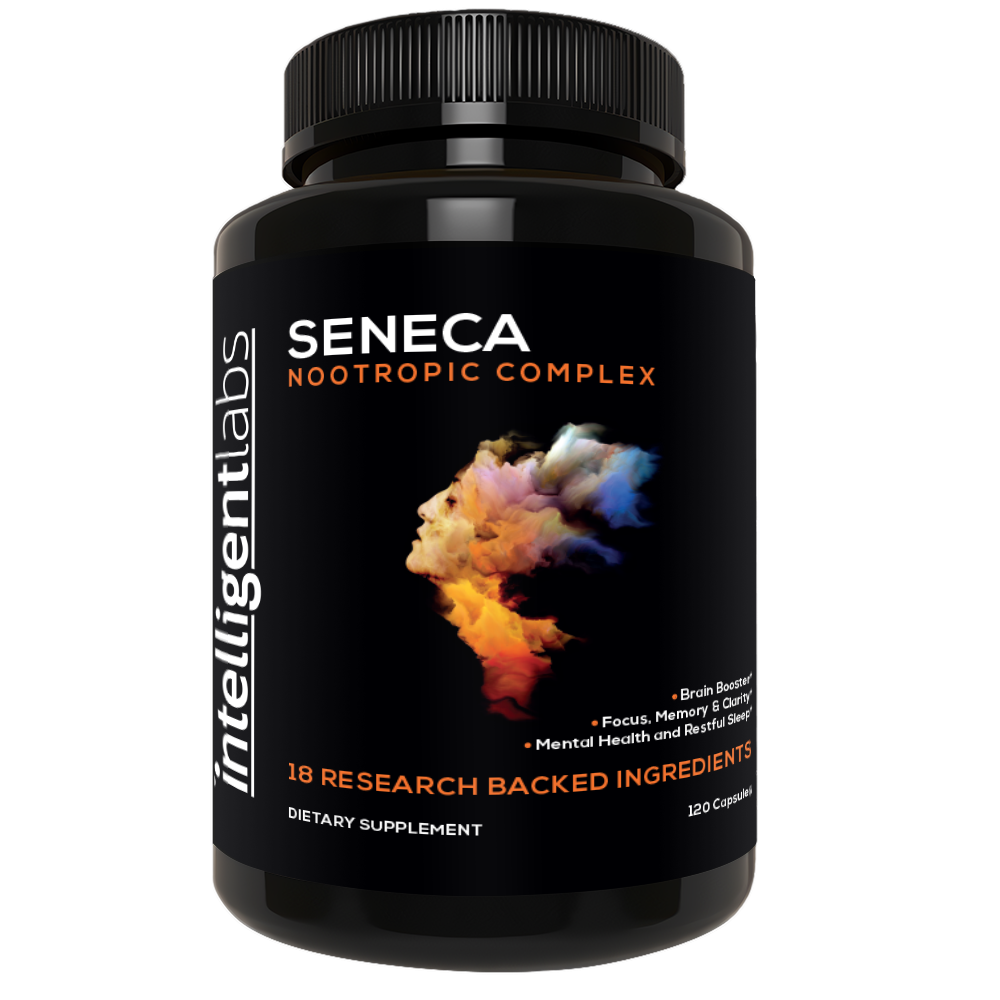
Steroid hormones include Testosterone, Estrogen, Cortisol, DHEA, and Pregnenolone. They are fundamental to every part of our health. They provide energy, alertness, and are vital for cognitive function, and allow us to feel good. NADPH is integral to hormone production.
NADH in our Natural Nootropic
Our Seneca Nootropic complex includes 5mg of Vitamin B3 as Panmol®NADH, as well as Vitamins B1, B2, B6, B9, and B12, and herbal nootropics!
If you want to know more about how nootropics can help boost your mental prowess, check our article on “What are nootropics and cognitive enhancing supplements?“
Show Me the Science!
Chronic Fatigue Syndrome
CFS is an incredibly debilitating condition. But there doesn’t seem to be a single factor to point to for CFS symptoms. The likelihood is that there are multiple contributing factors in any individual with CFS. To fully help people with CFS, we need to identify and remove all of these factors.
NADH, along with Magnesium, are the only single-supplement approaches that have shown promise in helping CFS patients (3). In one study, 31% of patients responded positively to 10mg of NADH daily for 4 weeks. The researchers suggested that NADH may be a ‘valuable adjunctive therapy for CFS symptoms’ (4).
A further study gave patients 5 mg of NADH per day for 24 months. Researchers found ‘a dramatic and statistically significant reduction of chronic fatigue symptoms’, in the first 3 months of the study. However, improvement in symptoms somewhat plateaued and only continued to improve slightly for the remaining 18 months. This indicated that a lack of NADH isn’t the only factor in CFS (5).
Alzheimer’s
In a 26-subject randomized controlled trial, subjects with Alzheimer’s got either 10mg/day of NADH or a placebo. After 6 months, the NADH group showed no sign of progression of their cognitive deterioration. They also scored significantly higher on dementia tests (the MDRS scale) than those given a placebo.
The researchers pointed out that giving the subjects preformed vitamin B3 reduces the body’s need to produce it. The kynurenine pathway forms B3 in the body. And one of the chemicals formed in the pathway prior to B3 is quinolinic acid which is a known neurotoxin. So by taking preformed B3, we are reducing the body’s exposure to quinolinic acid (6).
Also, the amino acid tryptophan is the initial starting molecule in this pathway, which is also what the body uses to make serotonin and melatonin. By taking B3 as a supplement, we are also sparing tryptophan for serotonin and melatonin production.
In fact, during stress, the body will up-regulate the production of B3 from tryptophan because it allows us to produce energy. It allows us to prioritize energy over serotonin and melatonin because, in an emergency, energy will keep us alive and so is more important than feeling good. Unfortunately, in today’s world, we often find ourselves in situations of chronic stress. From an evolutionary point of view, our body sees it as an emergency, so will chronically upregulate the production of B3, prioritizing it over serotonin and melatonin (7).
So, serotonin is a feel-good neurotransmitter. As expected, a deficiency can lead to depression and reduced cognitive function. Serotonin is a precursor to melatonin, the hormone that helps us fall asleep.

Parkinsons
A further study looked at 34 patients with Parkinson’s disease who got NADH intravenously. They found that 21 patients (61.7%) had an improvement in their symptoms after taking NADH (8).
Jet Lag
The effects of jet lag can easily affect cognitive function. In this study, researchers worked with 35 healthy people who flew from the West Coast to the East Coast of the USA. They found that on the morning after the flight, the 18 subjects that had taken 20mg of NADH orally before the flight performed better on tests that looked at memory, cognitive processing speed, and attention than subjects that had been given a placebo (17 subjects) (9).
NADH Types and Dose
So far, studies that found health benefits from NADH intake used doses ranging from 5mg up to 20mg per day. Do note that it’s important to use a highly stabilized form of NADH. ENADA and Panmol are two types of patented NADH on the market.

